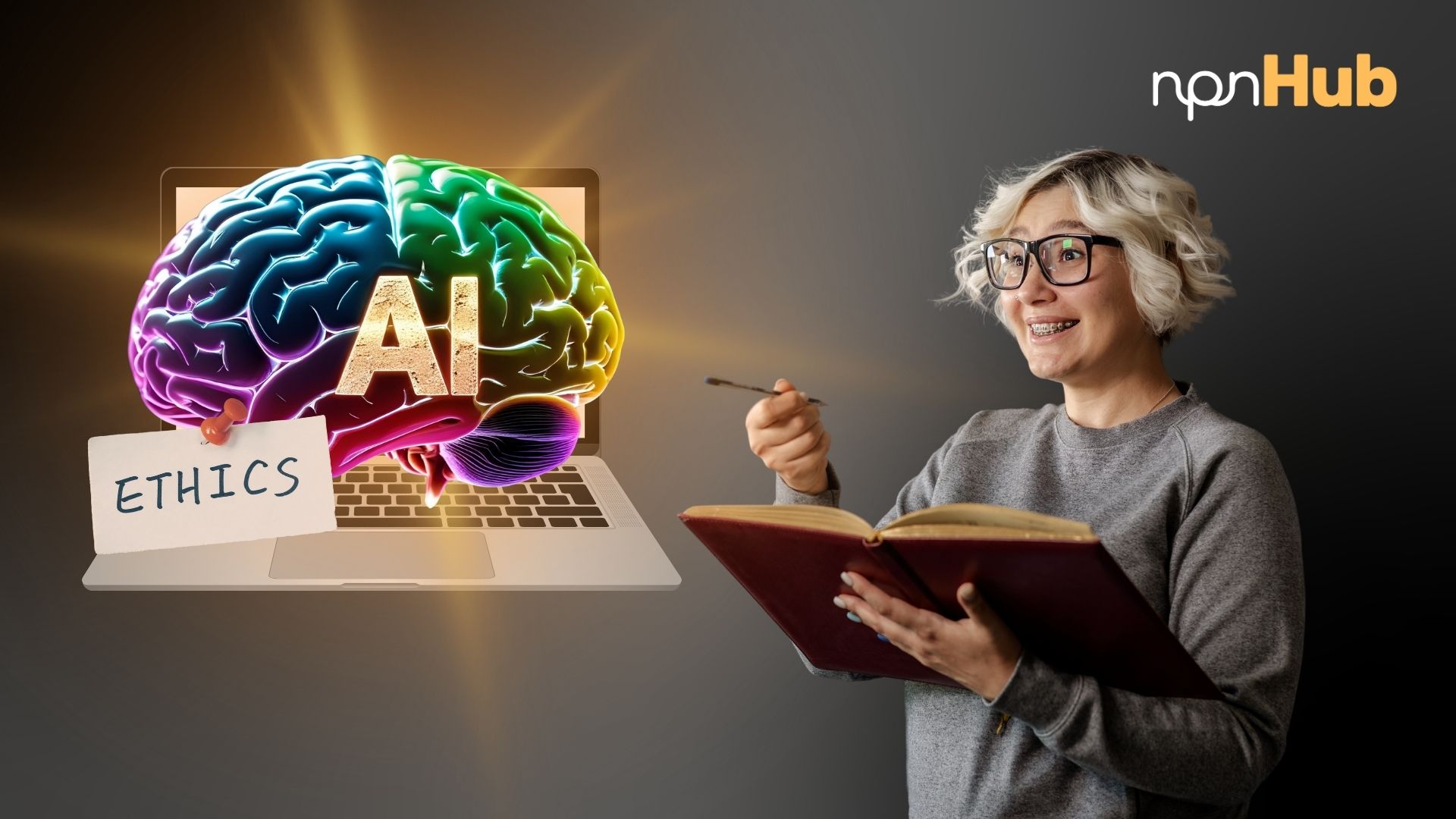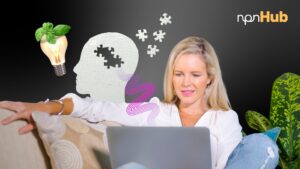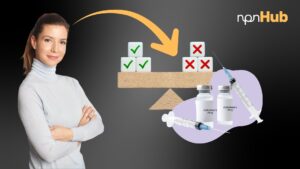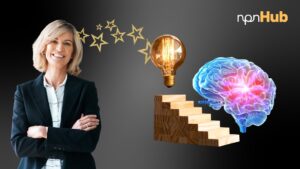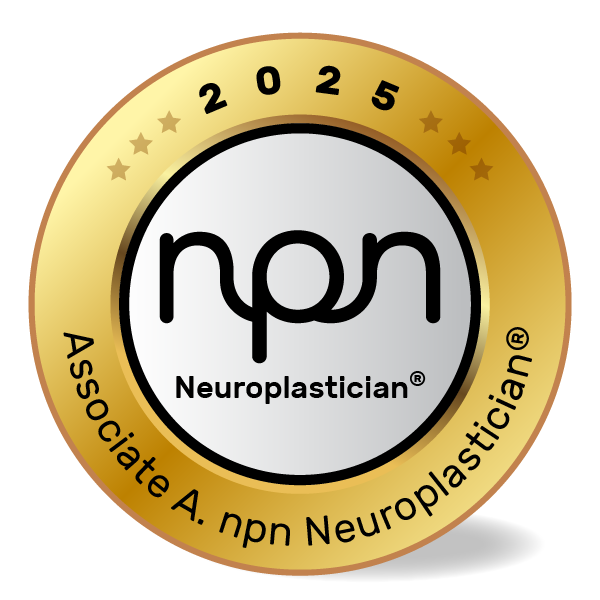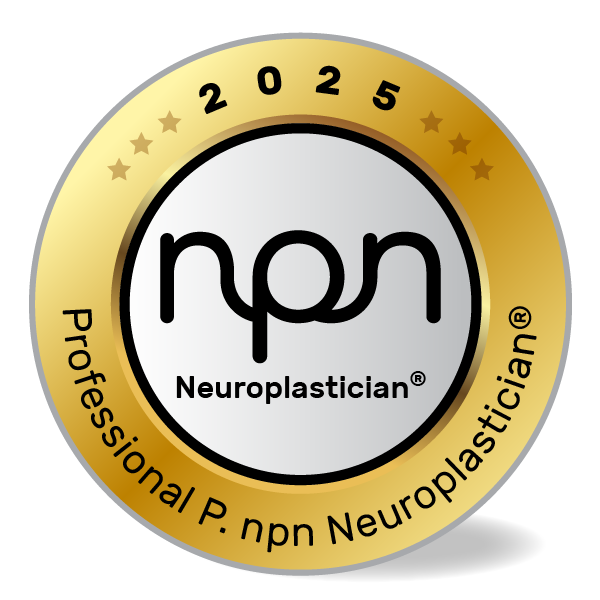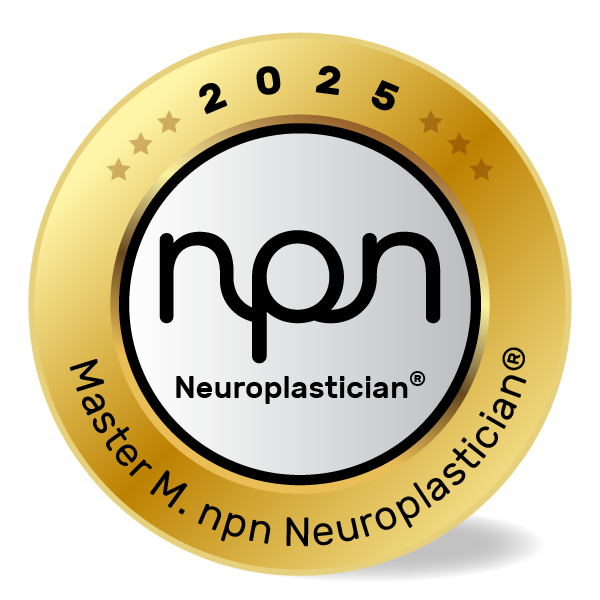Exploring the neuroscience behind cognitive trust in AI and the implications for brain-based professionals.
npnHub Editorial Member: Dr. Justin Kennedy curated this blog
Key Points
- Artificial Intelligence (AI) is increasingly integrated into decision-making and mental health tools.
- Trusting AI involves neural mechanisms similar to those used in social cognition.
- Brain regions like the prefrontal cortex and anterior insula evaluate the reliability and morality of machine agents.
- Neuroplasticity allows our trust heuristics to adapt – sometimes dangerously – to technology.
- Neuroscience practitioners must critically evaluate AI’s influence on cognition, autonomy, and well-being.
1. What is the Ethics of AI?
Imagine a coach using an AI tool to help a client manage anxiety. The app suggests breathing exercises and tracks emotional fluctuations. Over time, the client starts following the AI’s prompts more than the coach’s suggestions. The coach wonders – are we outsourcing too much cognitive autonomy to machines?
This is an illustrative scenario – not a scientific reference – but it mirrors a growing reality.
The ethics of AI refers to the moral considerations around artificial intelligence’s design, deployment, and influence on human behavior. It covers privacy, bias, decision-making, and increasingly, how AI tools affect the human brain. Researchers at MIT’s Media Lab and Stanford’s Human-Centered AI Institute have emphasized the psychological and neurological impacts of these technologies (Stanford HAI, MIT Media Lab.)
AI now guides attention, shapes decision-making, and even supports therapy sessions. But can we trust these systems with our mental processes? Neuroscience is beginning to provide answers.
2. The Neuroscience of Trusting Machines
During a group coaching session, a practitioner introduced a chatbot for goal tracking. One client followed it diligently; another resisted, questioning the AI’s motives. The divergence wasn’t about the tech – it was about brain-level trust mechanisms.
Again, this is illustrative, not clinical data.
From a neuroscience perspective, trust in AI activates brain networks involved in theory of mind, risk processing, and reward anticipation. A study published in Nature Neuroscience found that the medial prefrontal cortex is critical in attributing intention to both humans and machines (NIH).
The anterior insula evaluates uncertainty and moral risk, while the ventromedial prefrontal cortex (vmPFC) integrates reward data – guiding whether we “believe” AI recommendations.
Importantly, oxytocin – often called the “trust hormone” – can also play a role. Studies from the University of Zurich show increased oxytocin modulates trust even toward machines when social context is implied.
In short, the brain treats AI like a social agent, especially if it’s emotionally expressive or anthropomorphized.
3. What Neuroscience Practitioners, Neuroplasticians and Well-being Professionals Should Know About AI Ethics
A well-being consultant noticed a client using an AI-driven journaling tool. The entries were insightful, but also subtly skewed by the app’s feedback algorithms. Was it still self-expression, or cognitive conditioning?
Again, a fictional story – but it highlights a dilemma practitioners face.
Professionals working with the brain must understand how AI tools can both support and shape cognitive development. Common concerns include:
- Can AI override client autonomy in therapeutic decisions?
- Does repeated reliance on machine guidance blunt neuroplastic growth in critical thinking?
- Are we exposing clients to hidden biases coded into algorithms?
A report from the World Economic Forum warns that blind trust in AI may reduce metacognition – the ability to evaluate one’s own thoughts.
Neuroscientist Iyad Rahwan at the Max Planck Institute calls this “algorithmic nudging” – where technology reshapes behavior without our awareness (Source).
Practitioners must maintain a balance: leveraging AI without surrendering agency.
4. How AI Affects Neuroplasticity
Neuroplasticity allows the brain to rewire itself through repetition, feedback, and context. When clients repeatedly defer to AI systems for decisions – what to eat, how to feel, when to rest – they are literally reinforcing certain neural circuits over others.
This repeated trust can strengthen the default mode network (DMN) if the AI promotes introspection, or the salience network if it stimulates reaction-based processing. Over time, reliance on predictive algorithms may diminish the dorsolateral prefrontal cortex – key for reflective judgment.
A 2020 study in Frontiers in Human Neuroscience found that users of digital assistants like Alexa or Siri showed altered connectivity in executive control networks due to reduced self-initiated problem solving (Source).
In short, AI doesn’t just help the brain – it changes how it works.
5. Neuroscience-Backed Interventions to Navigate AI Ethics
Why Behavioral Interventions Matter
When clients outsource mental functions to AI without awareness, they risk reduced autonomy and weakened cognitive control. Practitioners must guide them in discerning, not just using, these tools.
1. Digital Mindfulness Training
Concept: Training the brain to pause before responding reduces AI-induced impulsivity (Source).
Example: A coach helps clients set tech-use intentions before opening a wellness app.
✅ Intervention:
- Teach pre-use digital rituals (e.g., deep breath before logging in).
- Reflect on motivations for using AI tools.
- Evaluate emotional state before and after use.
2. AI Transparency Literacy
Concept: Understanding AI’s algorithms improves the brain’s risk assessment processes (MIT AI Ethics Lab).
Example: An educator teaches students how recommendation systems work before using AI tutors.
✅ Intervention:
- Review how an AI makes decisions.
- Identify known biases or limitations.
- Discuss consequences of machine-led choices.
3. Rebuilding Metacognitive Pathways
Concept: Strengthening metacognition counteracts over-reliance on automation (Yale Neurocognitive Research).
Example: A neuroplastician asks clients to journal how they would decide differently than the AI.
✅ Intervention:
- Reflect on AI vs. personal decision outcomes.
- Encourage “If I were advising myself…” thinking.
- Use “Why did I trust that answer?” prompts.
6. Key Takeaways
Trusting AI is no longer just a technical issue – it’s a cognitive and ethical one. As neuroscience professionals, we must understand how these tools alter the brain’s trust mechanisms, decision-making, and metacognition. When used wisely, AI can support cognitive growth. When misused, it risks neural rigidity and passive thinking.
🔹 AI impacts brain circuits involved in trust, reward, and decision-making.
🔹 Over-reliance on AI can diminish executive function and autonomy.
🔹 Neuroplasticity allows us to retrain how we interact with technology.
🔹 Practitioners should teach clients to use AI consciously – not unconsciously.
7. References
- Fouragnan, E. et al. (2013). Social prediction in the human brain. Nature Neuroscience.https://pmc.ncbi.nlm.nih.gov/articles/PMC6866507/
- Camerer, C. et al. (2020). AI and altered neurocognitive networks. Frontiers in Human Neuroscience.https://pmc.ncbi.nlm.nih.gov/articles/PMC10053494/
- Rahwan, I. (2022). Algorithmic Nudging. Max Planck Institute for Human Development. https://www.mpib-berlin.mpg.de/staff/iyad-rahwan/publications
- Dweck, C. (2006). Mindset: The New Psychology of Success. Random House. https://adrvantage.com/wp-content/uploads/2023/02/Mindset-The-New-Psychology-of-Success-Dweck.pdf
- Harvard Mindfulness Center. https://hsph.harvard.edu/news/thich-nhat-hanh-center-for-mindfulness-in-public-health-launched-at-harvard-t-h-chan-school-of-public-health/
- MIT AI Ethics Lab. https://www.media.mit.edu
- Yale Neurobiology Department. https://medicine.yale.edu/neurobiology/

